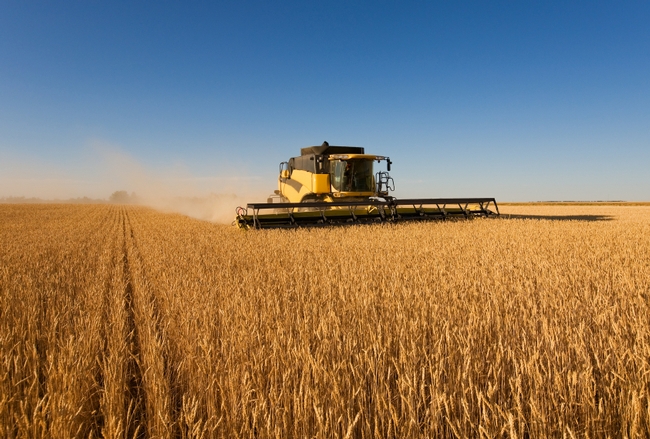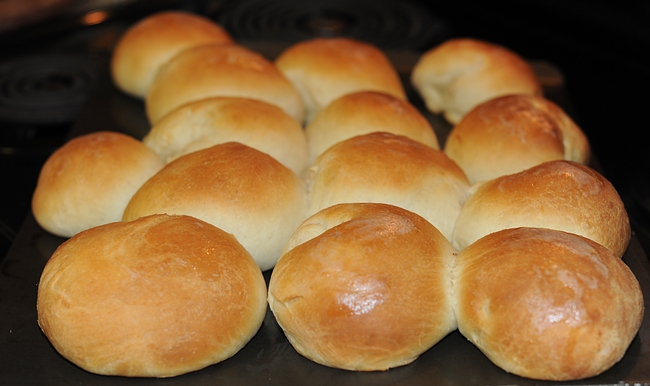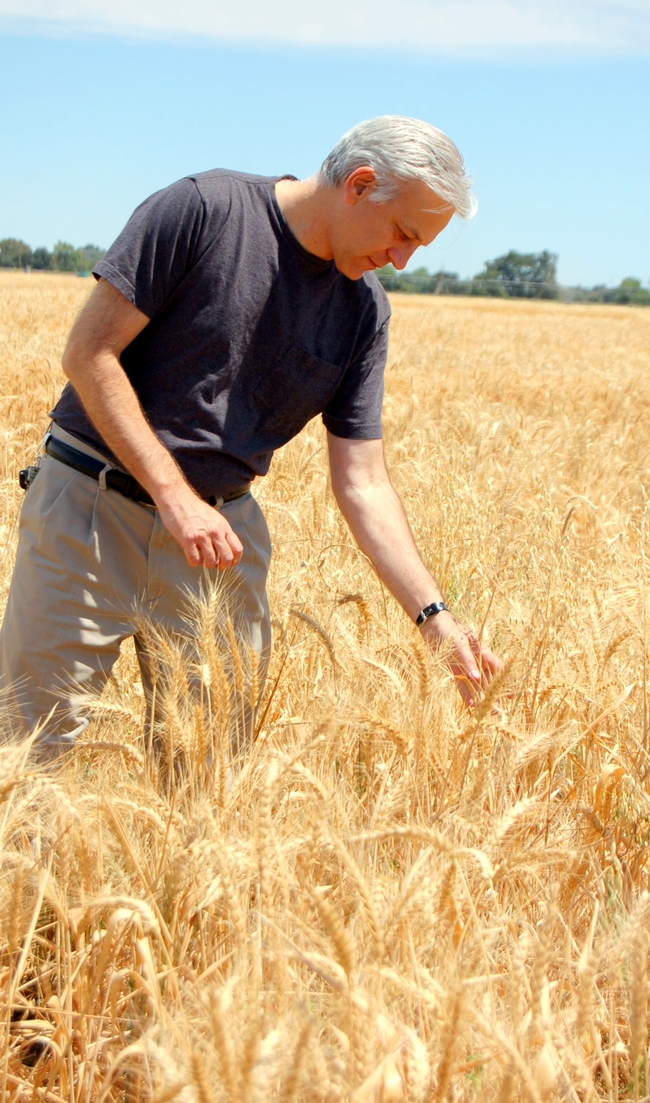
You should. It's not only part of “America, the Beautiful,” (lyrics penned in 1893 by Wellesley College professor Katharine Lee Bates), but it's part of California's agricultural landscape.
California annually grows about 800,000 acres of wheat, with about half used for human consumption and the rest for animal feed. It's a highly sustainable rotational crop.
Wheat growers seed the crop in the fall and winter, and harvest it in late spring or early summer. That's when we see the “amber waves of grain.” In the winter, weather conditions permitting, it's emerald green.
Since this cereal crop relies heavily on winter rainfall, it minimizes the use of our limited ground and surface water. However, acreage will likely be down this year due to our drought conditions. In non-drought years, the thick lawn-like plantings help reduce soil erosion and increases water infiltration.
Our state's yields are impressive, averaging 2.5 to 4.5 tons per acre, twice the national average of 1.3 tons per acre. California primarily produces hard red varieties that have excellent milling and baking characteristics. With high protein levels at 12 to 15 percent, California wheat is especially favorable for bread making.
Wheat is a fairly pest- and disease-resistant crop. Varieties developed by UC Davis researchers and other scientists at public universities and private seed companies combat serious diseases like stripe rust and barley yellow dwarf viruses that have cost growers millions of dollars in yield losses. Researchers rely solely on crosses with different ancestral wheat varieties using sophisticated molecular markers. These crosses are not genetically engineered; in fact, there are no genetically modified wheat varieties on the market.
Not only is wheat sustainably grown, but whole wheat grain is a nutritious and a healthy part of the human diet covering thousands of years. Wheat grain is an important source of protein, starch, fiber, vitamins and nutrients that give us energy and help prevent cardiovascular disease, diabetes and cancer. It also has higher protein content than other major cereals such as corn and rice.
Wheat is also good habitat for beneficial insects such as ladybird beetles and lacewings. These natural enemies help keep aphid pests under good biological control so growers rarely need insecticides for wheat production in California. Wheat additionally provides habitat for colonies of endangered tricolored blackbirds.
After growers harvest the grain, they cut and bale the leftover dry stalks, known as wheat straw, for livestock bedding, especially for horses at racetracks. When the bedding is spent, the wheat straw, mixed with manure, is recycled into compost. Major end users include the mushroom farms in the Monterey and Bay areas, which rank second in the nation in mushroom production.
So, the next time you hear or sing “America the Beautiful” (“O beautiful for spacious skies, For amber waves of grain…”), stop and think of California wheat and its many uses.
That includes breads, pizza, pasta and pastries, but also alcoholic beverages (wheat is a key ingredient in some beers).
What's to eat? Wheat. Whether it's emerald green or amber, as in “amber waves of grain,” it helps define and strengthen our agricultural landscape, our heritage, our uses and our future.
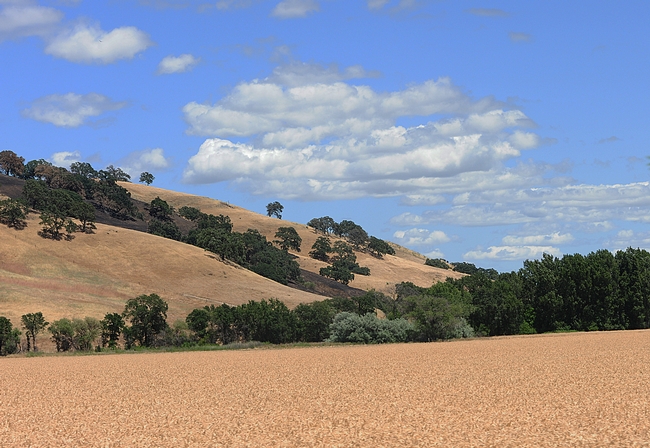
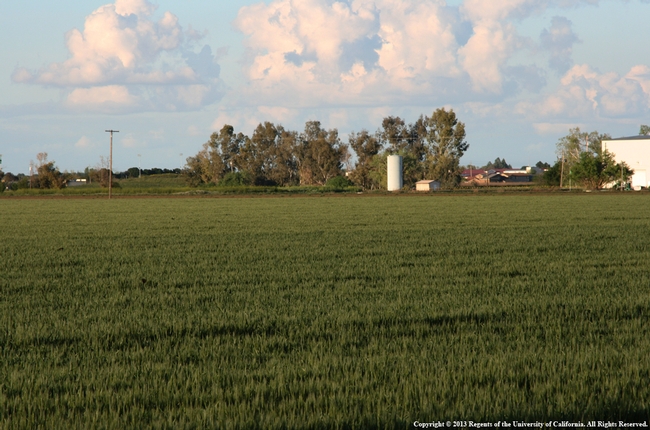
Click here to find the recipe for Kathy's rolls.
An initiative to enhance competitive and sustainable food systems is part of the UC Division of Agriculture and Natural Resources Strategic Vision 2025.
